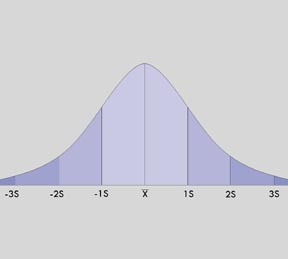Barnabas
Time Lord
- MBTI
- wiblywobly
- Enneagram
- timeywimey
S the common statistics for male INFJs is .5% 1 for every 200 people roughly. Similar with females who average around 1-1.5% 2 or 3 for every 200 people.
I attend of a school of just over 200 hundres students, and to my knowledge there are either 3 or 4 INFJs here.
I one , prof. Bundy(male) who administered the test is one, another female who took the test is one and possibly there is another staying on campus whom I have a very distinct feeling is male.
what I want to know is why there is such a grouping like this at the school. My first thought is that this school is a NF hotspot as most of the students who come here are ENFP (mostly those working toawrds a degree in family and children). I think the welcming enviroment and the relgious content is very attractive to other NFs.
Do yall agree or could their be another more reliable reason?
I attend of a school of just over 200 hundres students, and to my knowledge there are either 3 or 4 INFJs here.
I one , prof. Bundy(male) who administered the test is one, another female who took the test is one and possibly there is another staying on campus whom I have a very distinct feeling is male.
what I want to know is why there is such a grouping like this at the school. My first thought is that this school is a NF hotspot as most of the students who come here are ENFP (mostly those working toawrds a degree in family and children). I think the welcming enviroment and the relgious content is very attractive to other NFs.
Do yall agree or could their be another more reliable reason?

